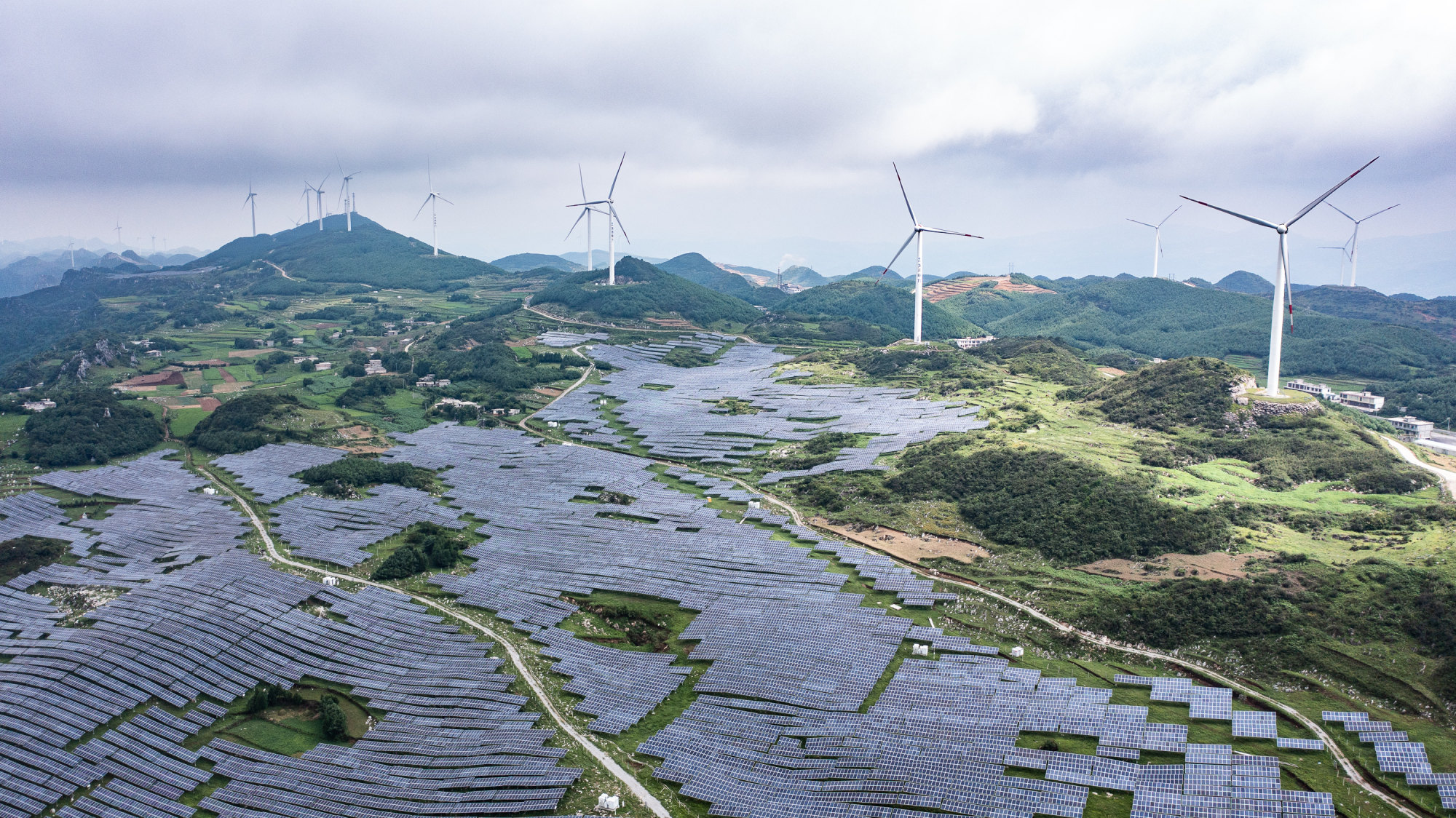
China pumps out coal plants at increasing pace to allay power-security fears, risking climate transition: Greenpeace
- Coal-plant approvals in the first half of 2023 outpace 2022’s rate and exceed 2021’s total, according to Greenpeace research
- Deepened reliance on coal risks sidelining development of key climate solutions, especially energy storage, that China needs to meet its carbon goals
China continues to approve new coal power plants at an increasing pace in an effort to avoid power shortages and restart economic growth, according to Greenpeace, raising alarm among analysts about the country’s ability to meet its stated decarbonisation goals.
Local governments approved nearly 30 gigawatts (GW) of new coal power capacity in the second quarter of 2023, driving total approvals to 50.4GW in the first half of the year, according to Greenpeace research released on Thursday. That is more than half of last year’s total installation and far exceeds 2021’s full-year total, the report said.
“Local governments want to ensure energy supply and stabilise the economy, and [they] consider coal power as the safest solution for energy security,” said Gao Yuhe, a Beijing-based project leader with Greenpeace East Asia.

China’s economic and industrial powerhouses, including Guangdong, Hebei, Jiangsu, and Shandong provinces are among the regions that have approved the most new coal projects in 2023 so far, according to the report.
However, the opportunity cost of continuing coal investment could be steep, according to analysts.
Why is China’s steel sector investing US$100 billion in coal-fired plants?
“Coal power projects are mostly loss-making and will provide little boost to economic growth in the future,” Gao said. “The real revitalisation of the economy requires investment in projects such as new energy storage rather than new coal power.”
“Building renewable energy but no energy storage is like building wheels but no axel,” Gao said. “The energy transition isn’t just about buckets of wind and solar, but also the infrastructure that will tap those power sources into meeting electricity demand.”

China must urgently increase the pace of grid investments and make more storage a mandatory requirement before connecting renewables to the grid, according to Nikhil Bhandari, co-head of APAC natural resources and clean energy research at Goldman Sachs.
Some local governments are already taking action. A separate report by Greenpeace last week found that the number of energy-storage projects on Guangdong’s key project lists doubled between 2021 and 2023, and also increased in other provinces such as Jiangsu and Zhejiang, which are emerging as China’s potential green manufacturing hubs.
China pumps out half of world’s energy storage research as US share declines
China’s central economic planner, the National Development and Reform Commission, released a five-year plan in March, aiming to develop energy-storage capacity to boost renewable power consumption. In the first half of 2023, new energy storage could drive direct investment of 30 billion yuan (US$4.2 billion), according to data released by China’s National Energy Administration.
“Energy storage is a top concern for China,” said Greenpeace’s Gao. “It’s not just about building up a new power supply. It’s about designing a system that will meet electricity demand.”

